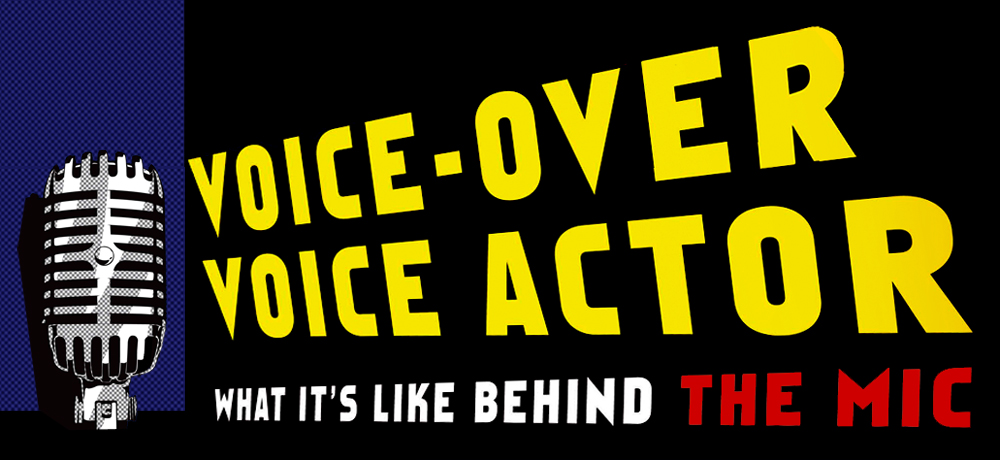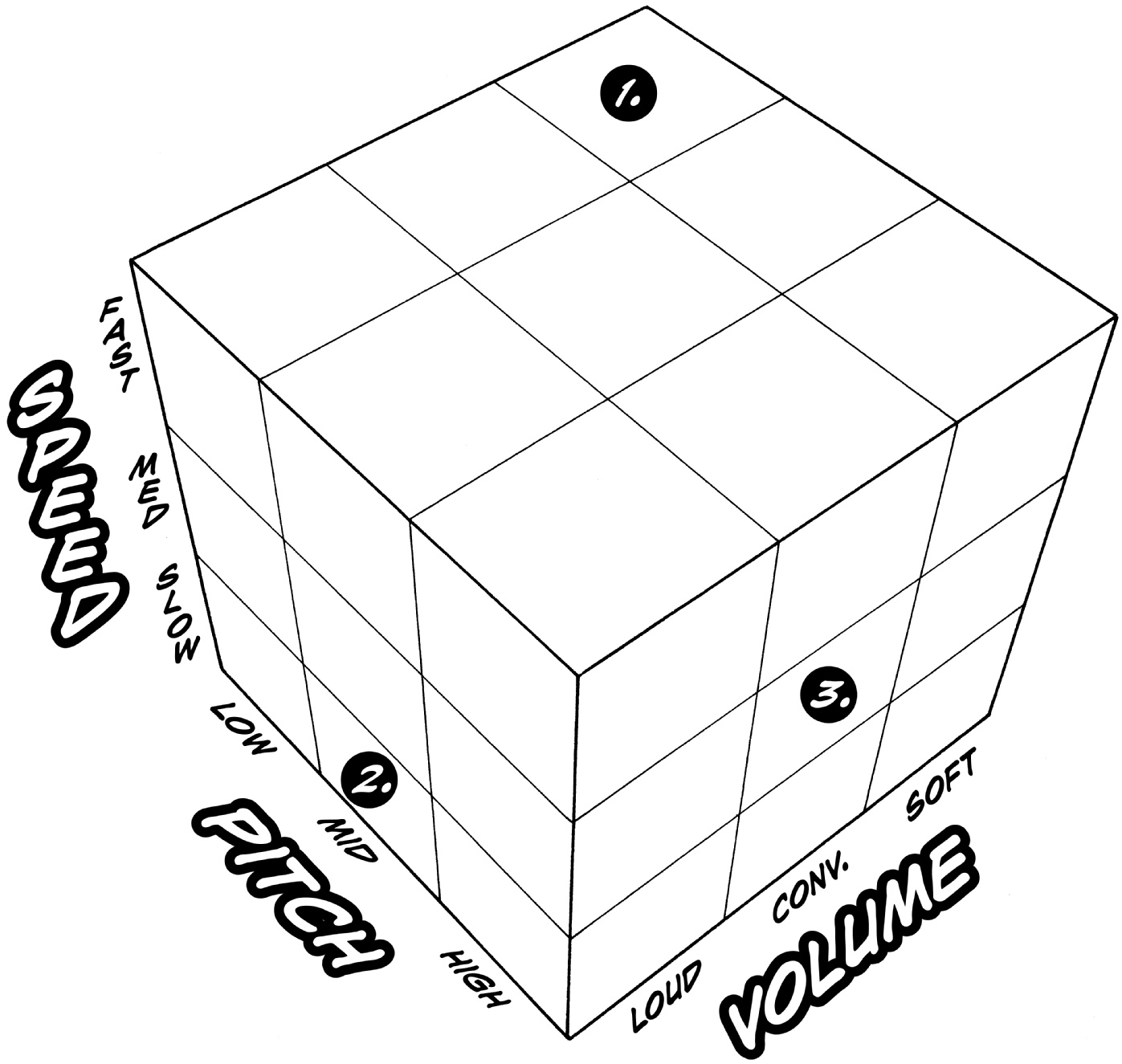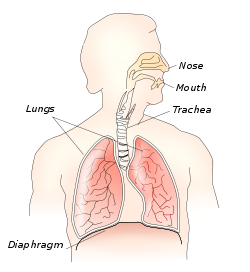PRACTICE WITH SCRIPTS & COPY
So, your body is warmed up, your mind is awake and you’re ready to get your hands (well, your vocal cords anyway) dirty with some actual voice-over work. There’s a lot to take in when you are looking at a script so here are a few helpful (non-acting) hints and reminders.
As we mentioned in the book, if you’re working on ADR/dubbing, there might be notations in the script to let you know where pauses (sometimes called ‘hitches’) fall, at what time-code the line starts and ends, and what lines might be on-camera and not. If you’re recording original animation there might be loop numbers before each line of dialogue. Let’s review briefly some common notations, as any extra information you can mine from the page can help to inform your performance.
Hitches (means pause) (^, …, /_, )
MNS – mouth not seen,
OM, CM – open mouth, closed mouth
_______ - off screen
Time code – 01:02:03:04
Below is a practice script, some fake commercial copy for you to practice with. Create a practice work session that you can go back and review by using some sort of audio recording device to record yourself while you practice out loud. Enjoy your session!
1.As you read, try circling all the notations you notice as well as be extra aware of any information you can mine from the page.
2 Ask yourself the Who-What-Where-When-Why-hoW questions to see what comes up. Underline this information to help you see if it affects your interpretation or acting choices.
COMMERCIAL COPY
Your new voice-over agent would like you to read some of the spots they just got in today so they can see what would best suit your voice. Often agents will have you read for all sorts of things when you first sign, as a way of throwing things up against the wall to see what sticks. So, go ahead and read the various copy that’s come in
Luxury:
The Jewelry Outlet at KnollCrest is having a pre-Valentines engagement ring sale. Come on down and surprise your loved one with the proposal of a lifetime. We have 24 karat gold and platinum rings on sale for almost 30% off, this weekend only.
High Energy:
It’s Faaaaaaantastic. Super Fruit Bowl ‘O’Sugars get you ready for a day of fun in the sun. Filled with vitamins, minerals and naturally sweetened real fruit pieces, Bowl’O’Sugars are part of a complete breakfast. Start your morning right, be fan-tastic.
Promo
This October, The Best Show on TV is moving to a new time…five days a week. Catch your favorite characters Mindy, Bobbi and Karl now at 7pm on KOOLTV.
Partner read:
A: Honey did you forget to pay the phone bill?
B: What do you mean, I thought it was automatic?
A: Oh, right, its just so easy, I keep forgetting?
B: Yeah, now we can spend time thinking about more fun things.
A: Like if you paid the cable bill?
Announcer: Don’t let bills get you down, use the automatic bill pay feature offered by Earth Bank to pay for all your charges throughout the month, even if your provider doesn’t have an auto feature set up. Earth Bank the bank of the Earth. Not available in intergalactic space station Giltex.
Soft sell:
Soft CleoPattra Egyptian sheets are specially designed to become softer with use…and every time you wash them the natural bamboo fibers relax just a hint more…which makes your bed even more comfortable to get into….who wouldn’t want to sleep in…Soft CleoPattra Sheets. Easy to sleep on, easy to sleep in.
High Energy:
I love hitting the BergerJack on the way to the game. I can fill up on all my favorites, a real ice-cream shake, a 100% beef patty and a large Idaho potatoes home fries for under 5 bucks. And I can even grab something for the coach, so if I’m a little late to practice sometimes, no harm done.
Tag:
Prices based on participation and subject to change without notice, offer good only in the continental United States, all entries must be postmarked by July 4, or will not be considered.
The above copy will give you good practice in looking for clues on the page as well as making cold choices. Of course, there are so many different types of spots always remember you can tune into the radio or TV to see what is currently running.
 Here's a great tip and exercise for voiceover artists: use TV commercials as a source of practice. Really listen to the commercials on your TV or radio. When you find a good commercial you like, try to parrot the VO actor who is speaking the lines. You'll be repeating the words, of course, but also try to copy, as exactly as you can, the nuances, the tone, the inflections he or she uses, and the musicality.
Here's a great tip and exercise for voiceover artists: use TV commercials as a source of practice. Really listen to the commercials on your TV or radio. When you find a good commercial you like, try to parrot the VO actor who is speaking the lines. You'll be repeating the words, of course, but also try to copy, as exactly as you can, the nuances, the tone, the inflections he or she uses, and the musicality.




